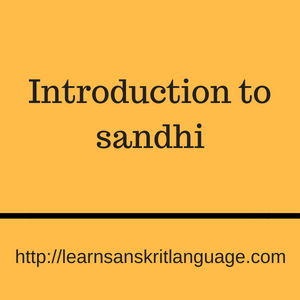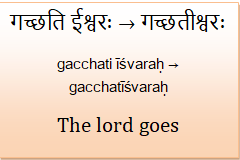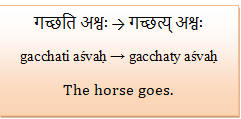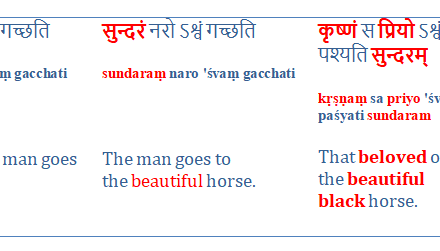Can you describe what is it that is common in all three examples? Yes, they all are words made out of two words or shall we say two nouns.
Now in earlier time, people use to face some problems while pronouncing certain sounds. Although they were native speakers, certain words became difficult for them to pronounce, hence they changed some of the words and brought in some new rules for that. These changes are called sandhis. It means junction or combination. They were done for the ease of the speech. Sandhi is basically a process of adjoining two words with the help of vowels. These vowels are “a” and “u”. When we join ‘a + u’ we get “o”. In English, it is called “diphthong”. Such concept of sandhi came into use because of the demand for the fluency of speech.
RULES OF SANDHIS:
Basically, sandhi rules are of two types, the change between two words is called external sandhi and the change between a single word is called internal sandhi.
However, there are a couple of things that need to be considered while applying sandhi.
- The most basic and important rule of Sanskrit is that two Sanskrit vowels cannot be placed together.
- Only to similar vowels can be used to form a long form, a consonant cannot be used to do so.
But you must be wondering what happens if there are no similar vowels present? Well in that case following of the two things can happen; either the vowel can be a compound vowel or it can be a simple vowel. We will study further regarding the compound vowel. However, if it is a simple vowel, then the vowel becomes a semi-vowel, for instance;








